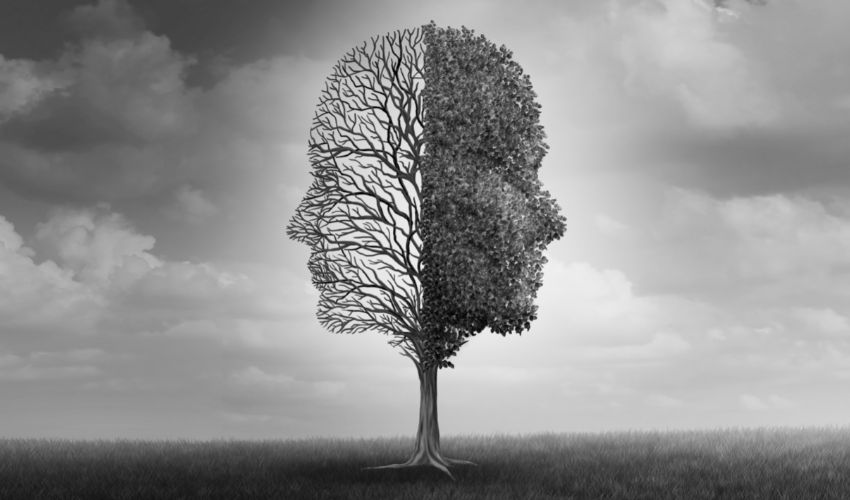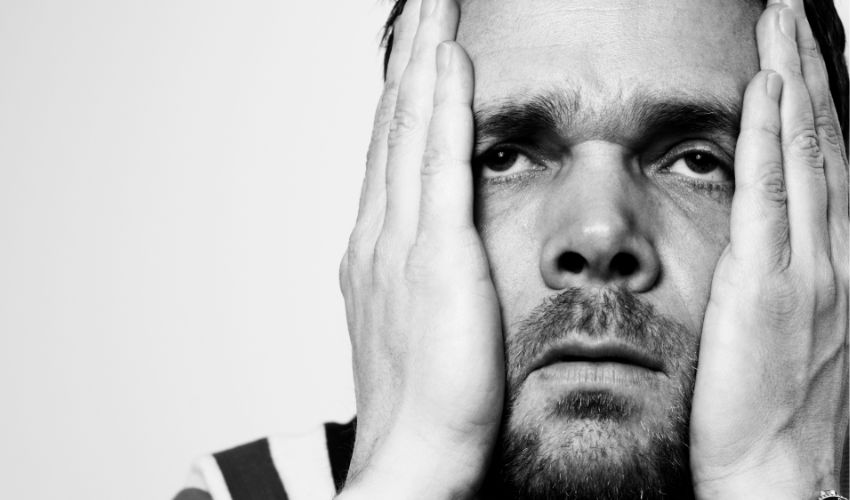Emotional distress is a term used to describe a range of mental health problems that can cause intense feelings of sadness, anger, anxiety, and other negative emotions. This condition affects people from all walks of life, and it can significantly impact their quality of life. Emotional distress is a serious problem, and it is important to recognize its symptoms and learn effective coping strategies.
In this article, we will explore what emotional distress is, its symptoms, and provide some practical tips on how to cope with it.
What is Emotional Distress?

Emotional distress is a broad term that refers to a range of mental health problems, including anxiety, depression, and post-traumatic stress disorder (PTSD). It is a common mental health issue that can affect people of all ages, genders, and backgrounds.
Symptoms of Emotional Distress:
Emotional distress can manifest itself in various ways, depending on the individual’s personality, life experiences, and other factors. Some common symptoms of emotional distress include:
- Feelings of sadness or hopelessness
- Intense anxiety or fear
- Difficulty sleeping or staying asleep
- Loss of interest in activities once enjoyed
- Changes in appetite and weight
- Irritability or anger
- Difficulty concentrating or making decisions
- Physical symptoms such as headaches, stomachaches, and muscle tension
How to Cope with Emotional Distress:
Coping with emotional distress can be challenging, but there are several effective strategies that can help. Here are some practical tips for managing emotional distress:
- Seek Professional Help: It is important to seek professional help if you are experiencing emotional distress. A mental health professional can provide you with the support and guidance you need to cope with your emotions effectively.
- Practice Self-Care: Self-care is essential when dealing with emotional distress. Take time for yourself to engage in activities that you enjoy, such as reading, listening to music, or practicing mindfulness.
- Connect with Others: Isolation can make emotional distress worse. Connect with friends, family, or a support group to share your thoughts and feelings.
- Exercise Regularly: Exercise is a natural mood booster that can help alleviate symptoms of emotional distress. Aim for at least 30 minutes of moderate exercise per day.
- Try Relaxation Techniques: Relaxation techniques such as deep breathing, meditation, or yoga can help reduce anxiety and stress.

FAQs:
What causes emotional distress?
Emotional distress can be caused by a variety of factors, including traumatic events, chronic stress, and other mental health conditions.
Is emotional distress treatable?
Yes, emotional distress is treatable. Seeking professional help is often the first step towards recovery.
Can emotional distress lead to physical health problems?
Yes, emotional distress can lead to physical health problems such as headaches, digestive problems, and even heart disease if left untreated.
Can medication help with emotional distress?
In some cases, medication can be helpful in managing symptoms of emotional distress. However, it is important to discuss this option with a mental health professional.
How long does it take to recover from emotional distress?
The recovery time for emotional distress can vary from person to person. Seeking professional help, practicing self-care, and connecting with others can all help speed up the recovery process.
Conclusion:
Emotional distress is a common mental health problem that can significantly impact a person’s quality of life. Understanding the symptoms of emotional distress and learning effective coping strategies is essential for managing this condition. Seeking professional help, practicing self-care, connecting with others, exercising regularly, and trying relaxation techniques are some of the practical tips that can help manage emotional distress. Remember that recovery from emotional distress is possible, and seeking help is the first step towards healing. With the right support and strategies, you can learn to cope with your emotions and improve your overall well-being. Don’t hesitate to reach out for help if you are experiencing emotional distress, as it is a common and treatable condition.






















